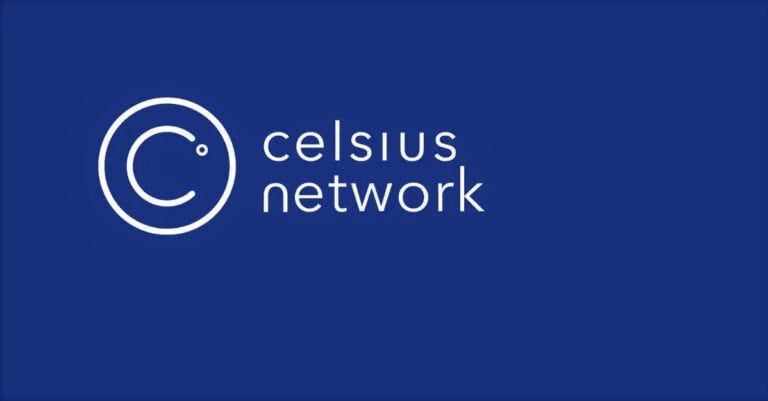
In the dynamic realm of cryptocurrency, Ethereum, the trailblazer in decentralized applications, is grappling with unforeseen challenges. The backbone of the network’s security, Ethereum validators, find themselves entangled in a web of delays, with unstaking Ether (ETH) experiencing unprecedented bottlenecks. At the center of this unfolding drama is Celsius, the now-defunct crypto lender, whose restructuring efforts are inadvertently causing a surge in withdrawal requests and disrupting the once-smooth operations of Ethereum’s Proof-of-Stake (PoS) consensus mechanism.
The PoS Predicament
Ethereum’s PoS consensus mechanism relies on validators – individuals or entities who stake their ETH to secure the network. In return, these validators earn rewards proportionate to their staked amount. However, the process of unstaking, and withdrawing the staked ETH, faced limitations until the Shapella upgrade in April 2024. While this upgrade introduced unstaking, it also implemented a daily limit on the withdrawal amount, aiming to preserve network stability. This seemingly prudent measure has, in the current scenario, transformed into a bottleneck.
The Celsius Conundrum
Celsius, once a thriving crypto lender, met its demise in 2022, leaving users with frozen funds. Amidst restructuring efforts, Celsius finds itself needing to unlock its own staked ETH holdings. This necessity has triggered an overwhelming surge in unstaking requests, creating a backlog that has left validators, including individual stakers, in limbo. Nansen, a blockchain analytics firm, estimates that Celsius and its staking partner Figment account for over 80% of the ETH awaiting unstaking.
Unveiling the Implications
The prolonged delays in the unstaking process raise critical concerns about the liquidity of staked ETH and the overall health of the Ethereum ecosystem. Some voices within the community highlight the potential centralization risks associated with large entities like Celsius holding substantial stakes. The dominance of a few players in the unstaking queue has inadvertently exposed vulnerabilities in Ethereum’s decentralized aspirations.
Impact on Network Security
As wait times for unstaking reach unprecedented levels, there is a growing worry that individuals, especially smaller validators, may be deterred from participating in staking. This potential diminishment in network participation could, in turn, compromise Ethereum’s security posture. The incident with Celsius serves as a stark reminder of the delicate balance required in the crypto space, where the actions of a single entity can reverberate across the broader ecosystem.
Conclusion
Ethereum’s journey towards a decentralized future encounters a temporary roadblock as validators face unexpected delays in unstaking ETH. The unintended consequences of Celsius’ restructuring efforts shed light on the intricate interplay between individual entities and the broader cryptocurrency landscape. As Ethereum navigates this challenge, the incident prompts reflection on the importance of maintaining decentralization, liquidity, and network security in an ever-evolving digital frontier.
Personal Note From MEXC Team
Check out our MEXC trading page and find out what we have to offer! There are also a ton of interesting articles to get you up to speed with the crypto world. Lastly, join our MEXC Creators project and share your opinion about everything crypto! Happy trading! Learn about interoperability now!
Join MEXC and Get up to $10,000 Bonus!



